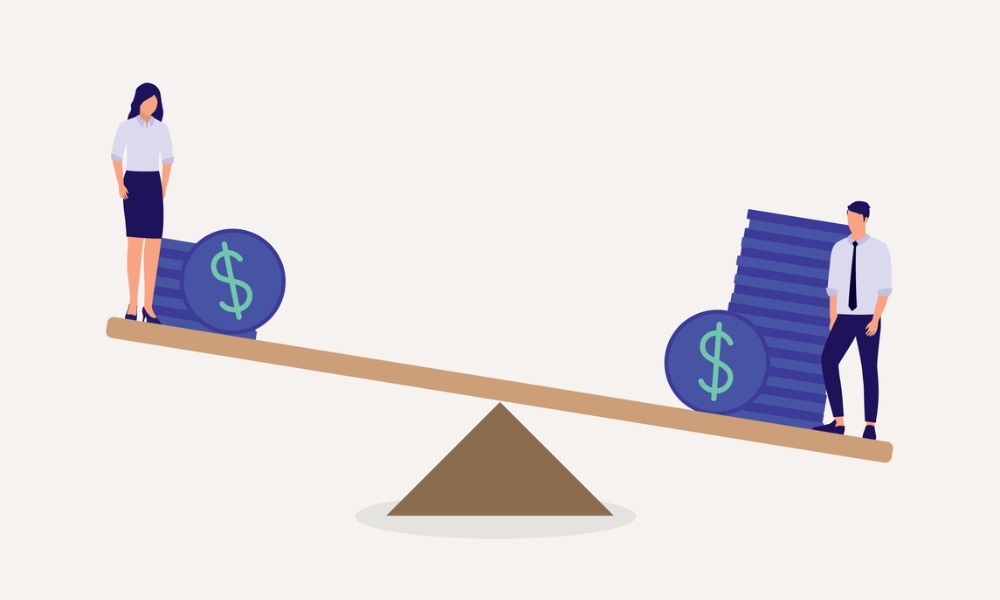It is essential to understand that in modern society, addressing the gender pay gap is a testament to a concerted effort towards achieving sustainable and equitable living standards for all.
While Australia is positioned as a democratic exemplar, a recent report published by the government on gender pay gaps in Australia-based leading firms and corporations is both insightful and self-critical.
Yet, by doing so, the government has achieved a state of transparency that can only be rated commendable.

Gender Pay Gap in Australia News and Stats
The gender pay gap in Australia exists, as is evident in the following illustration –
 Gender Pay Gap Statistics 2022-23
Gender Pay Gap Statistics 2022-23
The reference report was submitted by the Workplace Gender Equality Agency (WGEA), which includes the gender pay gap of private sector employees at firms with more than 100 employees in Australia, amounting to almost 5000 organizations.
Alarmingly, the differential pay is observable at the largest corporations, higher than the national average of 19%. This means that for a male entity earning AUD 1, his female counterpart makes 81 cents –
More facts and figures –
- Only 30% of firms maintain the effective median gender pay gap target range (-5% to +5%)
- The difference in median pay w.r.t base salary stands at 14.5%
- The difference in median pay w.r.t total pay stands at 21.7%
As per the report, the biggest gender pay gap news in Australia would be the figures illustrated for the more giant corporations like Morgan Stanley, UBS, Virgin, Goldman Sachs and Qantar Airways, with observable gender pay gap averaging above 37%.
Why is the Gender Pay Gap a Major Social Issue?
- Compounding reduction in lifetime earning capacity of women compared to men in their careers
- Reduced income leads to subsequently lower pension upon retirement
- Preconceived gender discrimination remains at large
It is crucial to note that this release of the gender pay gap is by the Labor government’s March 2023 legislation mandating companies to release gender pay gap reports, culminating in this report.
WGEA CEO Mary Wooldridge interestingly and encouragingly commented on the positives, mentioning the ‘encouraging’ signs that ‘almost one-third of employers are close to gender parity’ as an integral operational and structural measure.
Minister for Women, Senator Katy Gallagher, considers this a historic step towards transparency and accountability as far as gender pay differential and, on a larger scale, gender inequality is concerned.
Senator Gallagher further comments that gender pay inequality is a ‘complex issue’ on the social scale that is agnostically costing the Aussie society almost AUD 52 billion every year.
How to Address the Gender Pay Gap with Compounding Foresight?
A brief collection of crucial hurdles that women face in the job market –
- Women are less efficient when it comes to negotiating compared to men counterparts, so much so that they tend to avoid it altogether.
- Lack of childcare necessitates women to leave a job to care for the child, which is optional for their male counterparts.
- Women and men have a similar minimum wage at the start of their careers, but this does not increase at the same rate as that for men.
Dedicated efforts towards reducing the wage gap with in-place legislations and corporate policies to ensure the gender pay gap is normalized at the target range can be sufficient to eradicate this social issue from the heart it.
It is also vital to eliminate the existing layered social prejudice of gender inequality, plausible from a generational perspective. Eliminating pay differences between men and women for the current working class and implementing similar measures to ensure the same for the upcoming generation will help achieve socio-financial equality, which will further pave the way towards promoting gender equality as a social norm.











